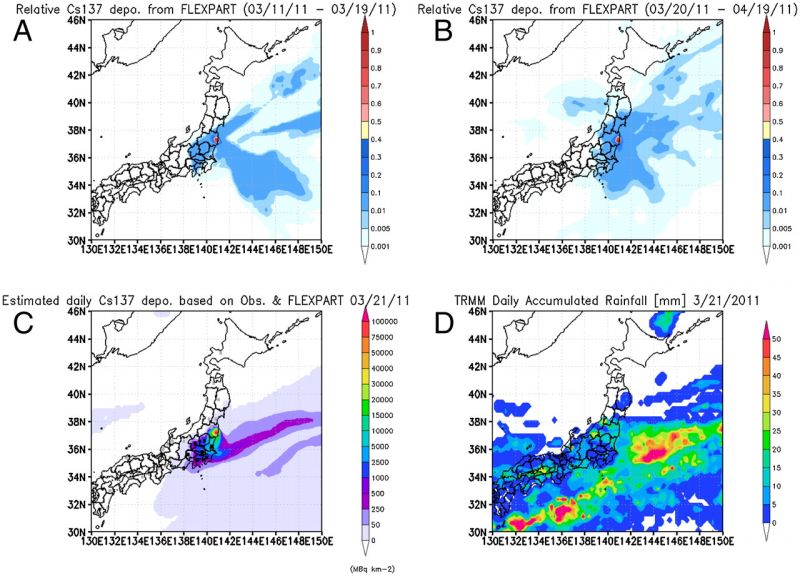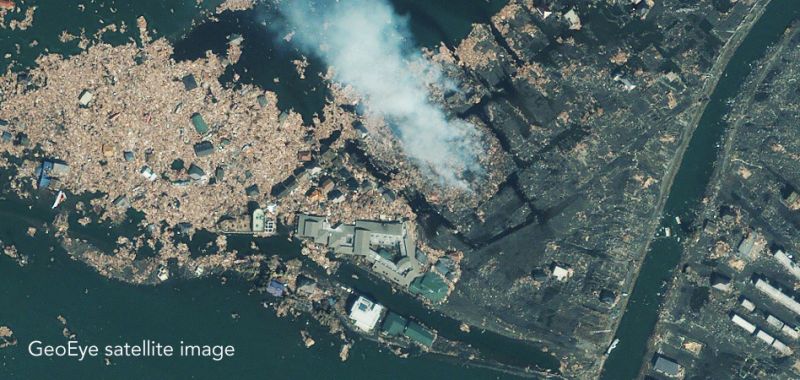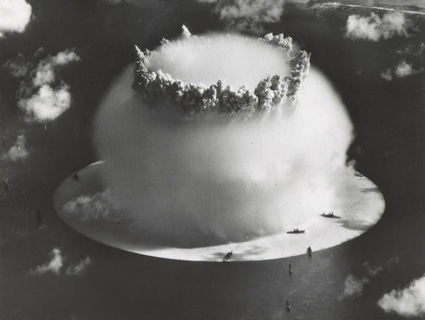
Cesium-137 deposition maps.Credit: <a href="http://www.pnas.org/content/108/49/19530.full">Teppei J. Yasunari, et al</a>, 'Cesium-137 deposition and contamination of Japanese soils due to the Fukushima nuclear accident,' PNAS. Click <a href="http://www.pnas.org/content/108/49/19530/F1.large.jpg">here</a> for larger image and detailed caption.
There’s been a flurry of troubling news from Fukushima’s crippled nuclear power plant. Here’s a recap:
-
The Tokyo Electric Power Company estimates that of 45 tons of radioactive wastewater that leaked from the plant, some 40 gallons (150 liters) leaked into the Pacific Ocean in recent days, reports the New Zealand Herald.
-
The Japanese milk-powder company Meiji, whose factory lies within 200 miles (320 kilometers) of the Fukushima plant, recalled 400,000 cans of baby formula after discovering 30.8 becquerels of radioactive cesium per kilo in the product, reports the BBC. This level is considered within the safety range, though infants and children are more susceptible than adults to lower levels of exposure, and eating radiation is worse than external exposure. Until now, Meiji had been checking waterborne but not airborne radioactivity levels near their factory, reports the New York Times—hence the “new” findings.
-
A new paper (open access) in Proceedings of the National Academy of Sciences (PNAS) reports that two episodes of rain in the days following the disaster dispersed most of the radioactive iodine, tellurium, and cesium now found in Japan’s surface soils. The first rain on 15 March spread the contamination around Fukushima prefecture. The second rain on 21 March transported and deposited radiation on Ibaraki, Tochigi, Saitama, and Chiba prefectures, as well as in Tokyo.
-
Another new paper (open access) in PNAS reports on the distribution of Cesium-137. With its half-life of 30.1 years—meaning it will lose only half its radioactivity in the next three decades—cesium-137 is the most dangerous of all fallout for livestock and hence human life in the area for decades to come. The researchers found Cesium-137 strongly contaminated soils in large areas of eastern and northeastern Japan, whereas western Japan was sheltered by its mountain ranges. Soils and ocean waters between 130–150 °E and 30–46 °N were estimated to contaminated by 5.6 and 1.0 petabecquerels, respectively.
-
The Telegraph reports that Japan’s Environment Ministry has finally granted permission to animal welfare groups to enter the no-go zone around Fukushima and rescue abandoned cats, dogs, and other pets. Many are believed to have starved to death, though several hundred are thought to be alive and running wild. Only animals whose owners have requested rescue, and who can prove they can provide shelter, will be allowed a pick up. (Somehow I imagine the rescuers will find a kinder solution than that.)












